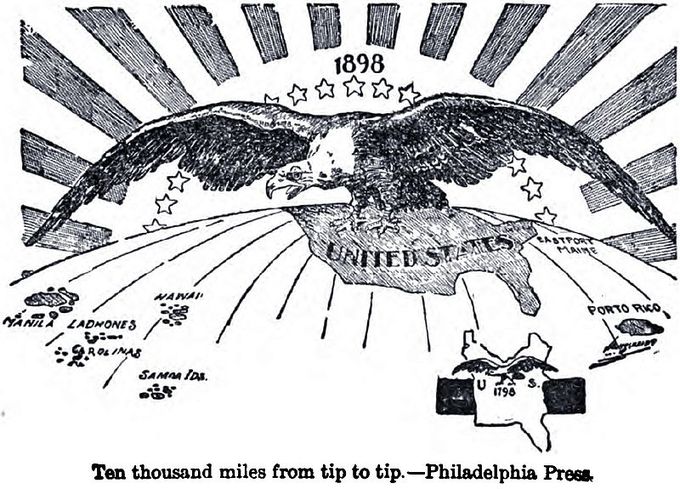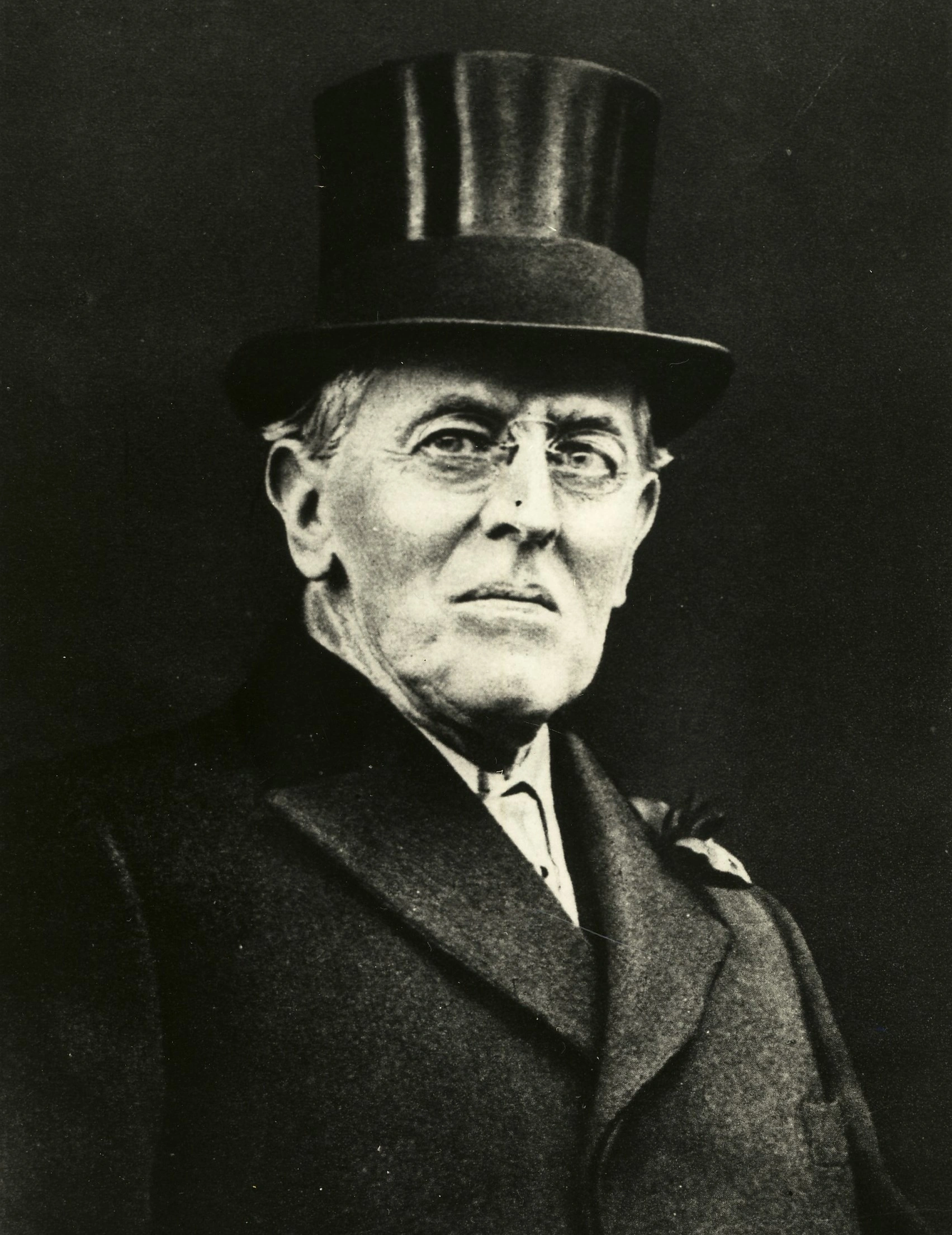Introduction:
From 1892 to 1954, hopeful immigrants came to the United States seeking jobs, land, and opportunity. However, one of the most nerve-wracking experiences they went through upon trying to move in was the conditions in Ellis Island.
Before it was for immigrants:
Located just off of the coast of New Jersey and right next to the Statue of Liberty, Ellis Island was known as the "Kioshk" by the Indian tribes because it was rich and abundant with oysters. From 1794 to 1890, the US military used the land for war. In 1808, the federal government bought Ellis Island to use as a fort and store their weapons.
How Ellis Island came to be:
At first, Castle Garden also known as Castle Clinton served as the New York State immigration station up to 1890 which held up to 8 million immigrants trying to get through to live in America. However, the numbers grew and Castle Garden could no longer hold that many people so they looked to the Ellis Islands. Later in the years, Ellis Island held up to 1.2 million people (
in just that tiny island!).
 Castle Clinton (present date)
Castle Clinton (present date)
Immigration Process:
Immigrants usually came by steamboats, and first and second class passengers were not required to go through Ellis Island's inspection process. It was believed that the richer the person, the less likely they were to carry a disease and the more likely they would fit into the upper class. For the rest (the main population of immigrants), had to undergo medical and legal inspections. Medical exams took place in the Great Hall (
From my own experience being there, it was pretty small so I'm surprised they could fit that many people in) where doctors would briefly check the immigrants for signs and symptoms of illnesses. If the immigrant seemed to be in good health, the process would take about 3 to 5 hours. If not, they were at risk for deportation and would have to spend nights at Ellis Island (
in the tiny bunk beds where they crammed six people in a three-story bunkbed!). The next was the legal inspections consisting of 29 questions mainly asking about why they wanted to move to the US, what their backgrounds were, etc.

 Great Hall (Then) Great Hall (Now)
Great Hall (Then) Great Hall (Now)
 Bunks
Bunks
Though referred to the "Island of Tears" (by the 2% of the people who could not make it through and were separated from their families), the majority of the people thought that Ellis Island believed it to be a great experience. The service was good, the food was good, the people all around were positive and inviting.
(When I visited, I remember there was a funny journal of some sort containing a short story of a man trying a banana for the first time and he was so happy.)
Ellis Island is now a national monument (
which I definitely recommend going see, especially if you are going to see the Statue of Liberty) and the museum receives more than 2 million tourists annually.

 Ellis Island (Then) Ellis Island (Now)
Ellis Island (Then) Ellis Island (Now)
Citations:
The New Colosus - The Statue of Liberty & Ellis Island, www.libertyellisfoundation.org/ellis-island-history.
































